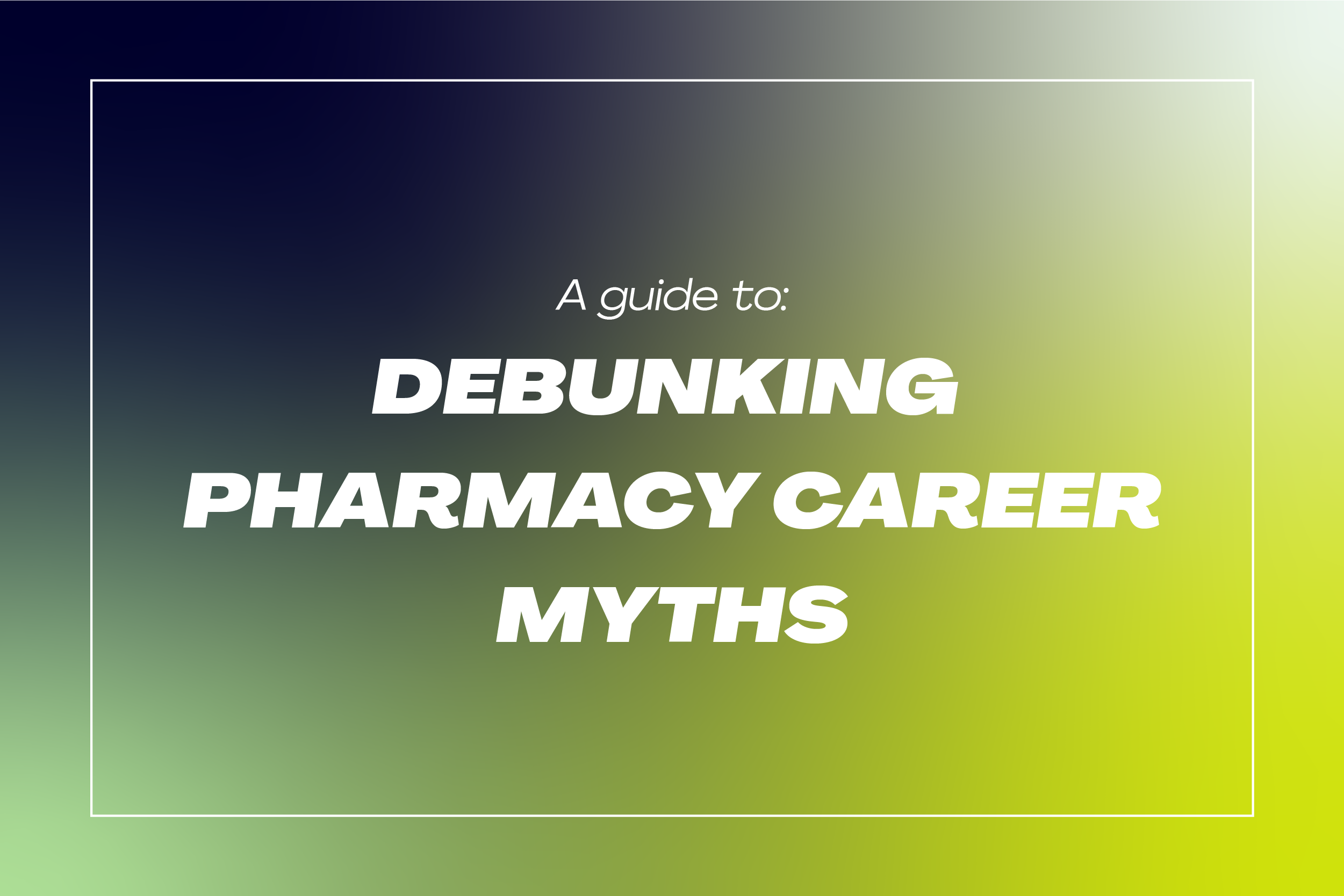Breast Cancer is the most common type of cancer in the UK, but if you catch it early, you have a good chance of recovery. Regularly checking your breasts for signs of cancer is the easiest way to spot it before it progresses.
This Breast Cancer Awareness month, we wanted to simply go over the signs of Breast Cancer, and how you can spot them.
Breast Cancer Symptoms:
Breast Cancer is most common in women, with roughly 1 out of 8 women receiving a Breast Cancer diagnosis at some point in their life. The symptoms that women should look out for are:
Breasts:
Changing in shape or size
Dimpling of the skin
A lump or swelling
Nipples:
Discharge – which may also contain blood
A rash
A moist, red area that doesn’t easily heal
A sudden change in appearance, such as becoming sunken into your breast
Armpits:
A lump or swelling
Although Breast Cancer does mostly affect women, men also have a small amount of breast tissue behind their nipples, so men are also susceptible to getting Breast Cancer. However, this is much rarer than in women.
The symptoms that men should look out for are:
Breast/Chest:
A lump – usually hard, painless, and does not move
Nipples:
Inverted/turning inwards
Oozing fluid – which may also contain blood
A sore that does not go away
A rash that does not go away
Skin becoming hard, red, or swollen
Armpits:
Small bumps (swollen glands)
How to Check for Breast Cancer:
The NHS has provided 5 steps to checking your breasts and staying breast aware:
- Know What’s Normal for You
Your menstrual cycle changes your breasts in different ways throughout the month. Take the time to check-in and notice what changes are normal for you.
- Look at Your Breasts and Feel Them
Feel around your breasts and armpits, right up to your collarbone, using the flat part of your fingers. This is best done with soapy hands and one of your arms raised so that the skin is stretched.
Look at your breasts using a mirror and standing with your arms raised, and then again with your arms by your sides.
- Know What Changes to Look Out For
Read through the Symptoms section above to be aware of the changes you should be looking for.
- Report Any Changes Without Delay
If you notice any changes contact your GP straight away.
- Attend Routine Screening If You Are Over 50 Or Are at Higher Risk
Women aged 50-70 should be screened for Breast Cancer every 3 years. Women with a higher-than-average risk of developing breast cancer may also be invited to attend routine screenings.
How Often to Check For Signs Of Breast Cancer:
The best thing to do is to make it a monthly habit so that you can quickly notice any unusual changes in your breasts or armpits.
If you have periods, check your breasts a week after your period, when they are less likely to be tender or swollen.
If you don’t have periods, choose a day that is easy to remember – this could be the first or last day of the month.
What Are the Causes of Breast Cancer?
We still don’t fully understand what the exact causes are, but we do know about factors that increase the risk of someone getting Breast Cancer. These are:
- Going Through Menopause/Getting Older - People aged over 50 are at a higher risk of developing Breast Cancer
- Genes and Family History - The most common cause of hereditary breast cancer is an inherited mutation in the BRCA1 or BRCA2 gene.
- A Previous Non-Cancerous Breast Lump
- Being Tall or Overweight
- Having a Condition That Increases Your Oestrogen Levels - Including Obesity, Scarring of The Liver, and Klinefelter Syndrome
- Drinking Alcohol
Breast Cancer Now are calling for the Government to commit money to help fight Breast Cancer. They’re asking for more money to go towards a national secondary breast cancer audit, recruiting and training more NHS staff, and extra funding for medical research charities.
If you would like to help, you can email your MP to ask them to write to the Chancellor about this. It’s quick and easy - Breast Cancer Now even have a template on their website which sends the email for you!










